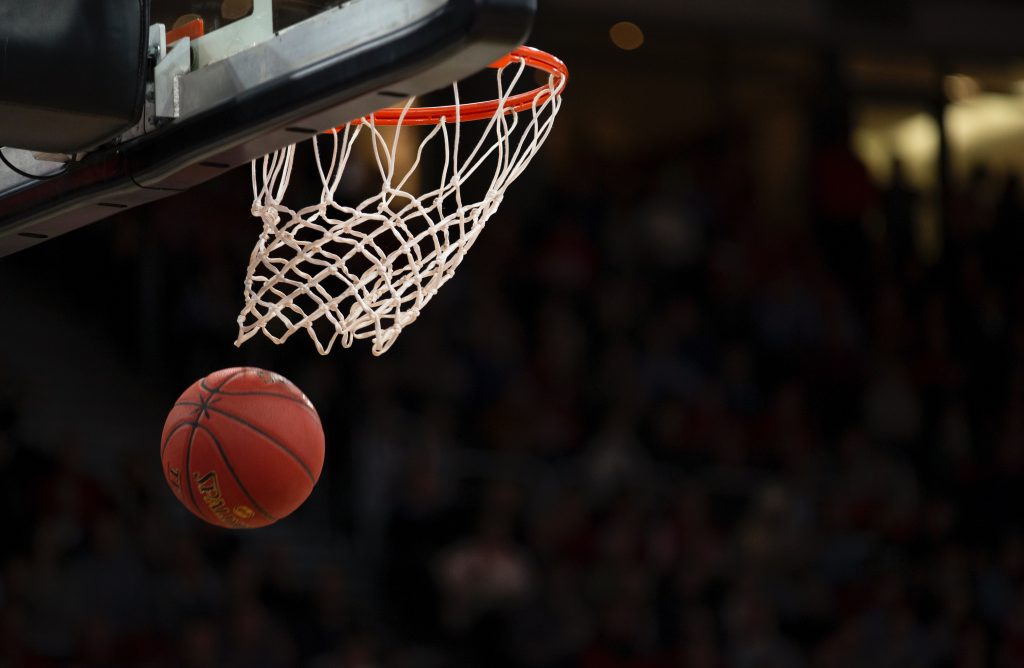Schools and higher education facilities have always paid special attention to physical development.
Today, every facility offers a wide range of sports activities to give its students plenty of options.
According to stats, at least 55% of all students in the US participate in some sports.
As time goes on and people become even more conscious about their health, sports programs in schools keep growing. Every year, the number of kids participating in such activities increases.
While this has a positive effect on their development, personalities, and health, there is one more possible benefit – a chance to win a scholarship.
What is an athletic scholarship?
In a nutshell, an athletic scholarship is one of the most common forms of financial support for college, university, or private high school students.
This type of aid is awarded to prospective young people based on their ability to play a sport and past accomplishments.
This kind of scholarship is most commonly seen in the US.
There are similar options in some other countries, but they are much less common.
Sports scholarships: seven facts you need to know
Many people have often heard about this form of financial support and have a clear understanding of what it is and how it works.
But not everyone knows everything about this matter.
In the list below, we have compiled the top seven things that everyone should know about athletic scholarships.
Grades Do Matter
One of the most common misconceptions of students is that their academic performance doesn’t affect their chances of winning a sports scholarship.
Technically, that’s true. This kind of aid is indeed awarded based on your athletic performance, but this doesn’t mean that grades don’t matter.
In fact, according to experts, the higher the grades, the greater are the chances of winning a scholarship.
Thus, if that’s your ultimate goal, it’s just the right time to find a reliable writing service where you can say “please, rewrite my essay” or “help me with my homework.”
This way, you will be able to boost grades without giving up on your team and practices.
The odds aren’t as high as you’d wish
Another false belief that often gives young people high hopes for their college future is that the odds of getting invited to a team are high. They are not.
Unfortunately, the chances are being exaggerated. Simply being good doesn’t guarantee anything.
According to stats, nearly 6% of those who were engaged in athletic activities in schools continue to play while at college.
And even fewer are receiving any related financial aid – about 2%. Based on this, we can say that the odds are actually rather small.
A verbal invitation doesn’t mean a thing
There is no secret that scouts and coaches may be attending games of younger students to recognize potential talents early on.
Some coaches may go further and even promise seventh or eighth-graders that they will be on a team.
However, such verbal invitations don’t mean a thing.
Of course, such promises can sound rather flattering. But we don’t recommend you to take them for granted.
A scout or coach can always choose another prospect. Besides, you never know how your abilities and situation can change over time.
Full-Ride options are scarce

Given the high price tag of higher education in the US, it’s natural to see so many athletes dreaming about getting a full-ride scholarship. But the range of opportunities is not too broad.
There are only six types of sports playing which can get you a full-ride scholarship.
These are:
- football (for men)
- basketball (both for men and women)
- gymnastics (for women)
- tennis (for men)
- volleyball (for men)
As for other activities, there are no full-ride opportunities.
It may be too small
In famous athletes’ success stories, TV shows, and movies, we often see young people who receive full-rides or, at least, pretty hefty financial support.
This often makes students believe that all athletic scholarships are like that. However, you have to know that they are not.
Apart from the activities we’ve listed in the previous point, all other sports usually don’t have large funds to support students.
Typically, the funds in such teams are curated by coaches, who can slice and dice the awards at their own discretion. Thus, such scholarships can be awfully small.
Investing in athletic recruiters isn’t worth it
Today, parents and students can hire recruiters who should supposedly help them find the right opportunity and receive financial support. However, this step should better be skipped.
No matter how beneficial it can seem to have a recruiter on your side, specialists claim that coaches typically don’t want them to get in the middle.
On the contrary, they want to interact with athletes directly. So, don’t bother looking for a recruiter.
If you get it, it will become a full-time job
Finally, the last and most important thing you need to know is that you can’t just get a scholarship and make no commitment to the team. It just doesn’t work that way.
When inviting new members to their teams and especially when awarding them with a scholarship, colleges and coaches are expecting to get 100% output on your behalf.
According to stats, football players are required to practice 43 hours or more a week, baseball players more than 42 hours, and basketball players between 37 to 39 hours.
That is, if you do get awarded, you have to be ready to commit all of your time and devotion to the team, otherwise, you can get kicked off and lose your scholarship.
This will also influence your choice of discipline. Namely, Division I athletes typically can’t major in such meticulous subjects as engineering or sciences.
The bottom line
Being an athlete is a good thing. Playing sports in school and college gives you many benefits, and the chance to receive financial support is one of them.
However, if getting a scholarship is your ultimate goal, you must understand how it works.
Hopefully, this article helped you grasp the idea better, and now you can decide how to approach athletic scholarships.




